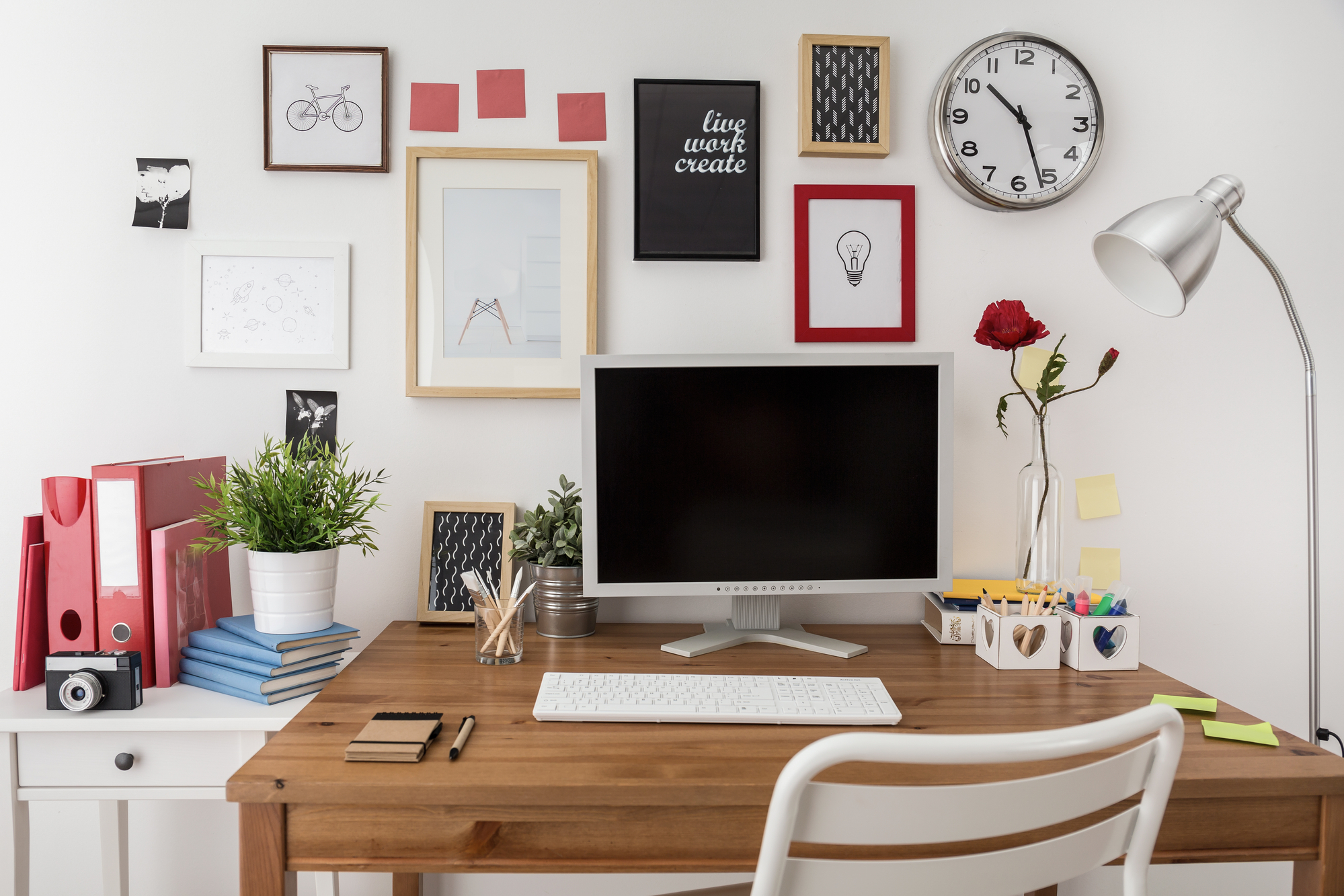COVID-19 has a great impact on employees, with mass homeworking as one of the most remarkable outcomes. Many companies are pulling out all the stops to establish viable homeworking policies, implement digital tools and create a renewed organisational culture. What’s often overlooked is the physical workspace. Although traditional offices are on their way out, they can re-emerge as employee experience centres.
In light of the corona pandemic, European companies have put their employees (back) at centre stage. An international survey, conducted by SD Worx, reveals that nearly 6 in 10 employers are actively trying to improve the employee experience, either with running projects or with projects to be carried out within the next 12 months. Another 20% have mid- or long-term plans to tackle this issue.
The 3 layers of employee experience
When addressing employee experience, we’re basically talking about three components:
- cultural: organisational roadmap (mission, vision and purpose) and culture (leadership style, interactions, values, etc).
- technological: digital tools, devices, collaboration platforms, internal networks, etc.
- physical: the actual workspace containing desks, art, social areas, colleagues, etc.
At first sight, it’s perfectly normal that companies would focus on the cultural and technological aspects to compensate for the dramatic shift COVID-19 has caused. After all, physical offices will soon become obsolete. Or not? We beg to differ.
The office is alive!
Homeworking is here to stay. And yes, it undoubtedly offers plenty of benefits, for both employers and employees. But let’s be honest, we won’t be working from home all day every day. Actual social contact in physical workspaces will remain a key part of the employee experience.
In short, the physical workspace still matters – maybe more than before! It’s the place that energises and inspires employees. The place that helps people feel more creative, engaged and connected to the companies they work for, while physical workspaces also act as symbols for the organisation and our choice to work there – something employees might forget when working at their kitchen table.
5 workspace trends
Companies should, however, let their workspaces evolve with the spirit of the times we live in. Only then can they become true employee experience centres.
Here are 5 ideas:
#1 Flexible design: job functions and teams often change, so go for adaptable, modular workspaces instead of permanent workstations. That makes it easier to adapt to new employee, project and company needs in the ‘never normal’ era.
#2 Proper style: add some colour and style to your workspace to represent your brand and let employees know they’re in their second home. People should feel inspired to be productive, creative and innovative when walking in the front door.
#3 Blended offices: up-and-coming generations thrive in social, collaborative environments. But pay enough attention to privacy. Blended offices offer a mix of private, semi-private and open workspaces – ideal for activity-based working. A welcome change from isolation at home.
#4 Ergonomic features: well-being is a tricky subject in home offices, so make sure your employees get treated well when they come in. High tables, natural light, plant walls, exercise options, etc. can all make a difference.
#5 Safe spaces: offices need to keep up with proper hygiene in the COVID-19 era. For example, providing ventilation, placing hand sanitizer dispensers and respecting distance rules will make your employees feel safe at work.
Curious about other facts and figures on employee experience?
Download our e-book ‘A deep dive into digital HR and employee experience’
Register for our next FREE webinar
Do you have the business case to outsource Payroll?
Speakers include:
Doug Brown, Director of HR from AG Barr
Wendy Doherty, People Director from Bestway Retail
Mandy Hawley, HR & Payroll solution specialists SD Worx
Bob Rehill, Bob Rehill Associates









